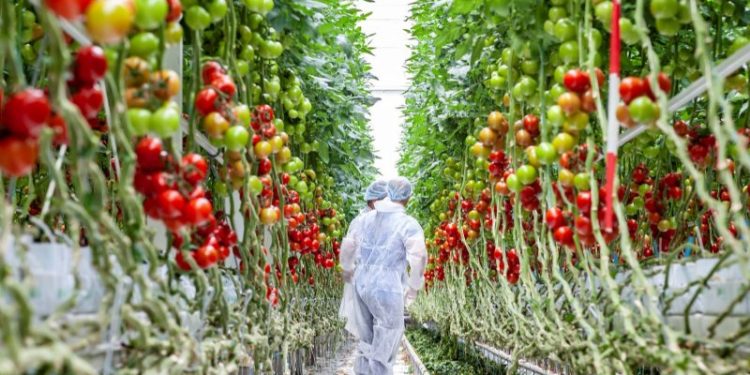High energy costs are the reason why many greenhouse growers do not plant open crops this winter. In particular, tomato producers are abandoning this work or switching to a less energy-intensive crop. Senior adviser Joop Verhoeven van Delphy is talking about a reduction from 800 hectares to 100 hectares.
Verhoeven points out that due to the sharp reduction in the area under tomatoes in the coming period, there will be fewer Dutch tomatoes on the shelves of supermarkets. ‘For many years, the planted area of autumn tomatoes has been at a low level. But in previous years, this deficit could be filled with tomatoes grown in the open field. This is not the case this year.’
Although the cultivated area of fall tomatoes is still small, more fall tomato varieties have been planted this winter. Verhoeven expects 150 hectares of autumn tomatoes for the winter of 2022-2023. The choice of autumn tomatoes is not strange. “It’s a way to make money, and as a manufacturer, you can also keep your employees working.”
* Read also: Morocco wants to respond to the reduction in tomato crops
For 99 percent, we are talking about large clusters. “It’s easy to process for cucumber growers. It’s all about chopping and boxing without grading.” Verhoeven points out that cucumber growers are doing the same thing they did twenty years ago. ‘Usually these growers plant cucumbers three times a year. Now they prefer to plant cucumbers twice and then grow fall tomatoes once in September.’
Tomatoes from abroad
The increase in autumn areas of tomatoes is not enough to cover the entire deficit. Therefore, Verhoeven expects Spain and Morocco to also supply more tomatoes to the Netherlands this year. “Algeria and Israel will probably also supply some products, but mostly Mediterranean countries continue to supply their tomatoes to the Netherlands.”
Moreover, Verhoeven does not expect the tomato market to change forever. ‘When energy prices normalize a bit, the lights will come back on. It was and still is a profitable crop and fits well into the year-round workforce.’












